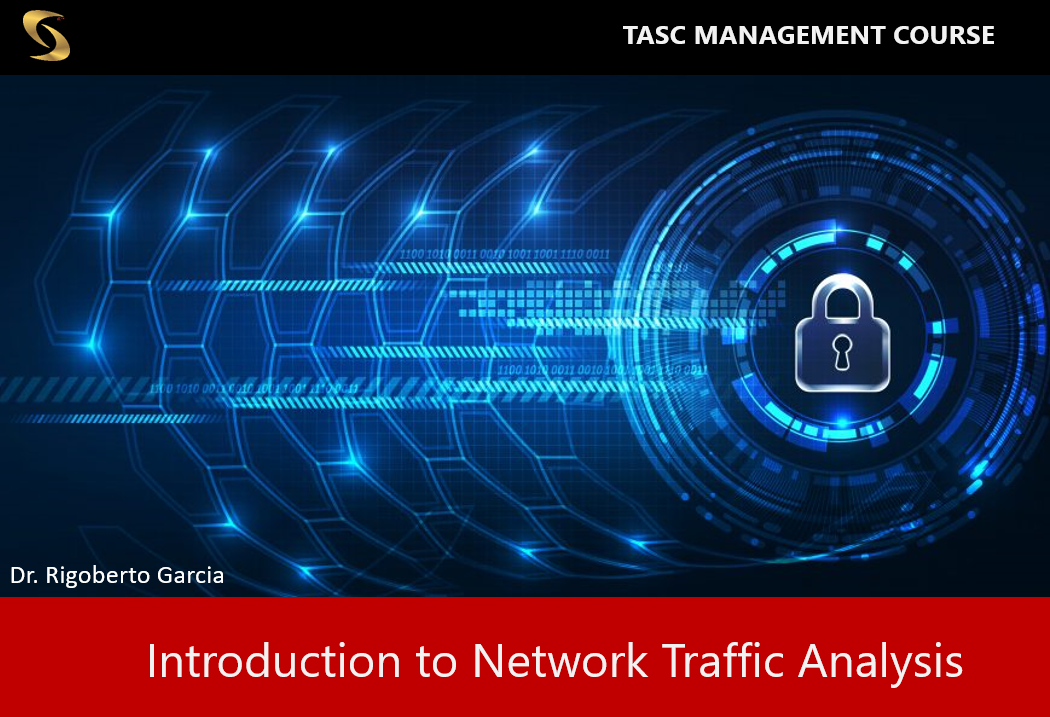Introduction to cybersecurity fundamentals

About Course
Network traffic analysis is a critical component of network management and security. It involves the process of monitoring and analyzing the data packets that flow across a computer network to gain insights into network performance, security, and the behavior of devices connected to the network. This analysis helps network administrators and security professionals understand how data is transmitted, identify anomalies, and detect potential threats. Let’s delve into what network traffic analysis is and explore some of its major applications.
What is Network Traffic Analysis? Network traffic analysis, often abbreviated as NTA, is the practice of inspecting and examining network data packets as they traverse a network infrastructure. It involves capturing, recording, and analyzing the traffic in real-time or retrospectively. The primary goals of network traffic analysis include:
-
- Performance Monitoring: To ensure that the network operates efficiently and meets the requirements of users and applications. This includes monitoring bandwidth usage, latency, and overall network health.
- Security: To detect and respond to security threats and incidents. NTA is a critical component of network security, as it helps identify suspicious or malicious activity, such as intrusion attempts, malware infections, or data exfiltration.
- Troubleshooting: To diagnose and resolve network issues by pinpointing the source of problems, whether related to hardware, software, or configuration.
- Compliance: To meet regulatory and compliance requirements by monitoring network activity and ensuring data protection and privacy.
Major Applications of Network Traffic Analysis:
Security Monitoring and Threat Detection:
-
- NTA is a key tool for identifying security threats, such as unusual patterns of data traffic, potential intrusions, and malicious activity.
- It can help in detecting various types of attacks, including Distributed Denial of Service (DDoS), malware infections, and data breaches.
- By analyzing network traffic, security teams can quickly respond to incidents and mitigate potential risks.
Network Performance Optimization:
-
- NTA allows network administrators to understand how network resources are used, helping them optimize performance.
- It helps in capacity planning, ensuring that the network can handle increasing demands and identifying bottlenecks that may be causing slowdowns.
Anomaly Detection:
-
- By establishing a baseline of normal network behavior, NTA can identify anomalies that may indicate security incidents or network issues.
- Anomalies could include unauthorized access, unauthorized data transfers, or deviations from typical traffic patterns.
Compliance and Data Governance:
-
- Many industries have regulatory requirements that mandate the monitoring and recording of network activity. NTA can assist in meeting these compliance requirements.
- It helps organizations maintain data integrity and ensure the privacy and security of sensitive information.
Forensic Analysis:
-
- NTA can be a valuable tool during incident response and forensic investigations. It provides a historical record of network activity, which is crucial for reconstructing events and understanding the extent of a security breach.
User and Application Monitoring:
-
- NTA can help organizations understand how users and applications interact with the network.
- It provides insights into which applications are consuming bandwidth and which users are generating the most traffic.
In summary, network traffic analysis is a versatile and crucial practice for managing networked systems. It plays a pivotal role in both network performance optimization and network security. By examining the flow of data packets, organizations can ensure the efficient operation of their networks, detect and respond to security threats, and meet regulatory requirements, ultimately contributing to the overall reliability and security of their networked systems.
Course Content
Chapter 1: Introduction to Security Principles and Policies
-
What Is Information Security?
-
Fundamental Principles of Information Security
-
Information Security Controls
-
Key Components of Information Security Management
-
The Elements of Security
-
Why Does Information Security Matter?
-
The Fundamentals of Cybersecurity
-
Chapter Summary
-
Quiz: Fundamentals of Information Security and Cybersecurity
Student Ratings & Reviews



